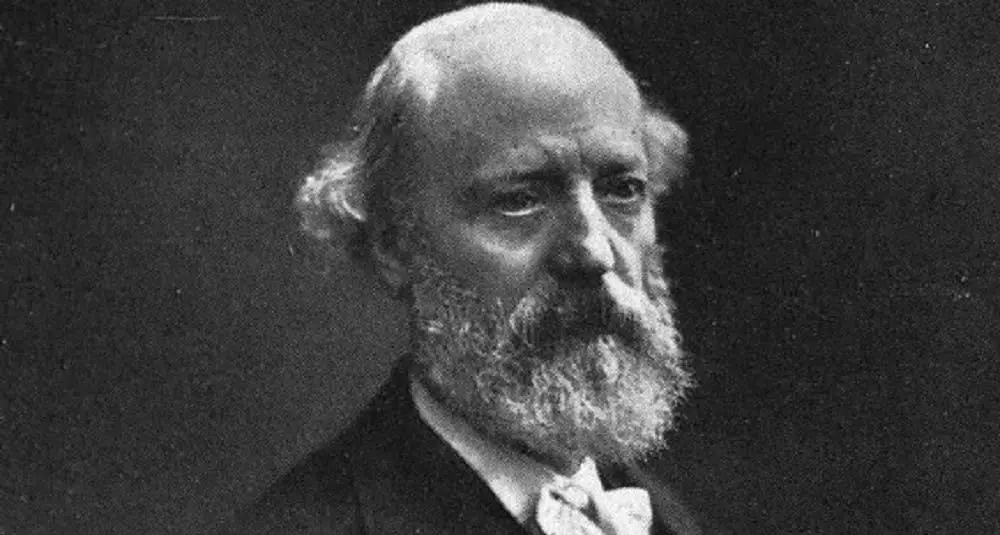Where did Eugène Viollet-le-Duc go into exile?
Last Updated:
Eugène Viollet-le-Duc, born in Paris in 1814, is an emblematic figure of 19th-century French architecture, renowned for his restoration of historic monuments and his innovative architectural theories. However, the political upheavals of his time led this eminent architect to go into exile in Lausanne, Switzerland, in 1871.
The end of the Second Empire in 1870, followed by the French defeat in the Franco-Prussian War, plunged France into a period of turmoil. The fall of Napoleon III and the establishment of the Third Republic were quickly followed by the uprising of the Paris Commune in March 1871. The period was marked by intense political and social tensions.
Viollet-le-Duc, who had taken part in the defense of Paris as a military engineer during the Prussian siege, found himself at odds with the ideals and actions of the Commune. Fearing for his safety due to his positions and links with the old regime, he decided to leave France. In May 1871, he went into exile in Lausanne, a peaceful Swiss town that offered refuge to intellectuals and artists fleeing the troubles of Europe.
Viollet-le-Duc was not idle in Lausanne. An avid mountaineer and geographer, he undertook in-depth studies of the Alps, producing precise maps and drawings of Alpine landscapes. This period enabled him to indulge his passion for the mountains and deepen his geographical knowledge.
His skills in architectural restoration were also in demand in Switzerland. In 1872, he was commissioned to restore Lausanne Cathedral, one of the country’s most important Gothic buildings. His approach, combining respect for heritage with architectural innovation, restored the cathedral to its former splendor.
After the suppression of the Commune and the re-establishment of a stable republican order, Viollet-le-Duc returned to France. But the Third Republic, suspicious of personalities linked to the old regime, entrusted him with few official projects. He devoted himself to writing and teaching, sharing his vast knowledge in numerous books and lectures.
Eugène Viollet-le-Duc died in 1879 in Lausanne, the city that had welcomed him during his exile. He is buried in the Bois-de-Vaux cemetery, leaving behind him a considerable architectural and intellectual legacy.
Viollet-le-Duc’s exile in Lausanne did not hinder his contribution to architectural heritage. On the contrary, this period enriched his perspective, enabling him to extend his field of action beyond the borders of France. His work in Switzerland testifies to his adaptability and commitment to heritage preservation and restoration, whatever the geographical or political context.
Today, his theories and achievements continue to influence architects and historians alike. His methodical approach to restoration, combined with a creative vision, laid the foundations for contemporary practices in heritage conservation.
Viollet-le-Duc’s exile in Lausanne illustrates the resilience of a man devoted to his art and to the preservation of heritage, despite the political vicissitudes of his time. His stay in Switzerland not only enriched his personal work, but also left a lasting imprint on Switzerland’s architectural heritage.
You may also be interested in
arts

Where did Eugène Viollet-le-Duc go into exile?
Answer
Eugène Viollet-le-Duc went into exile in Lausanne, Switzerland, in 1871, after the Paris Commune, where he continued his work as an architect.